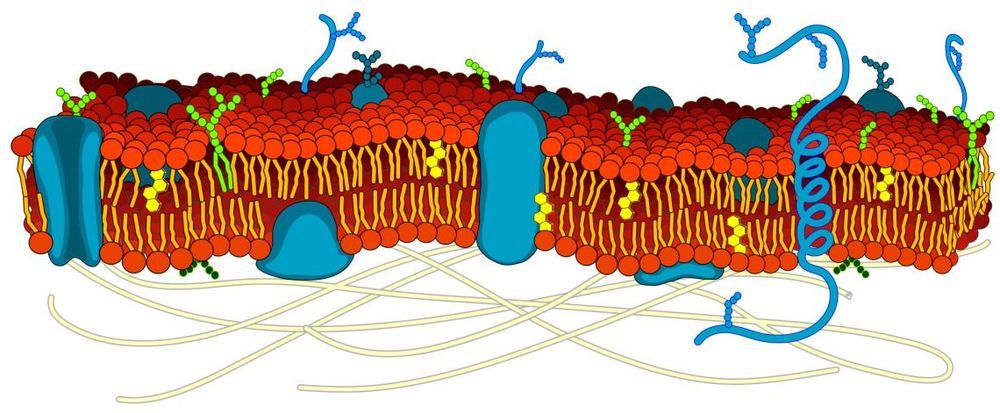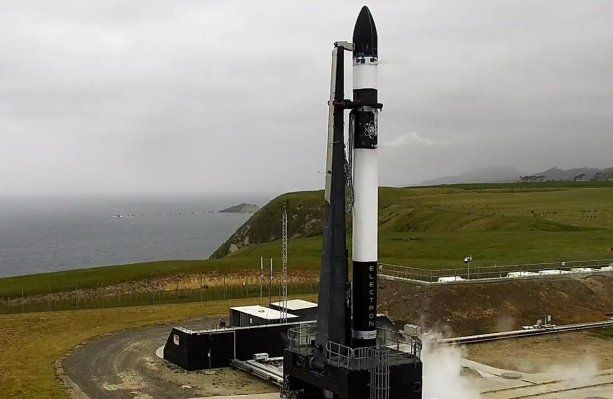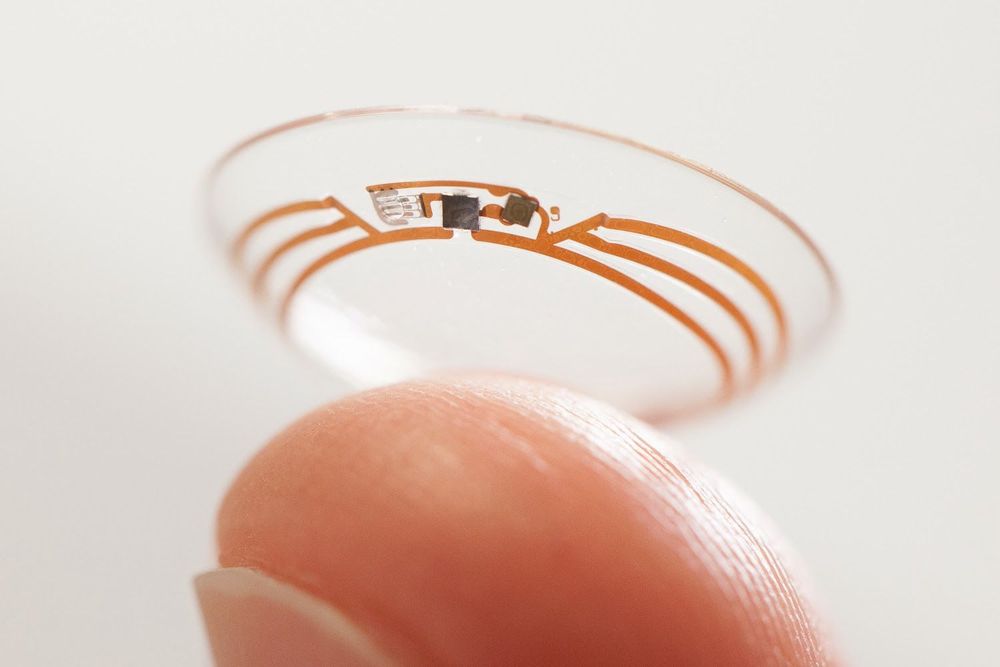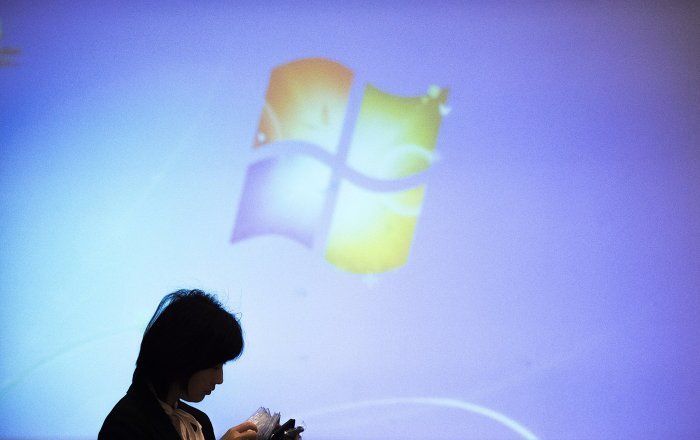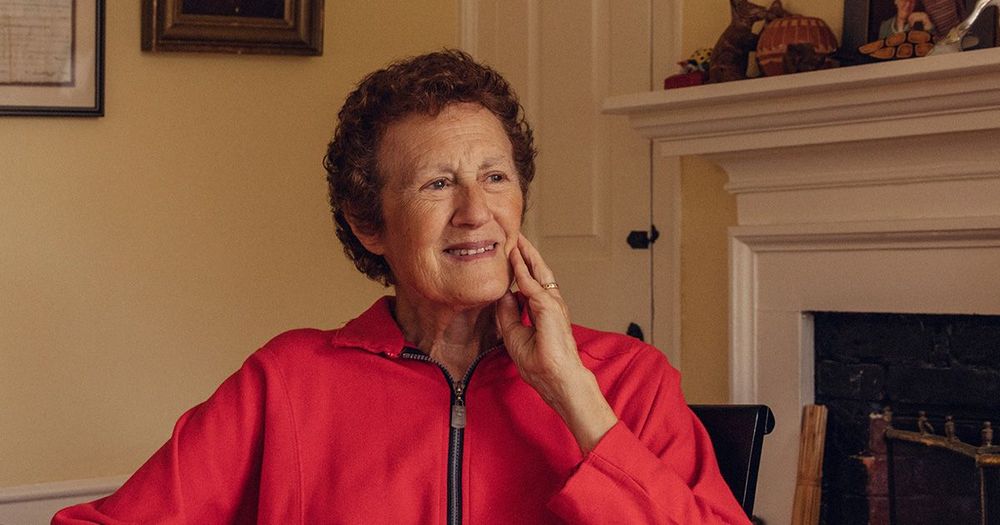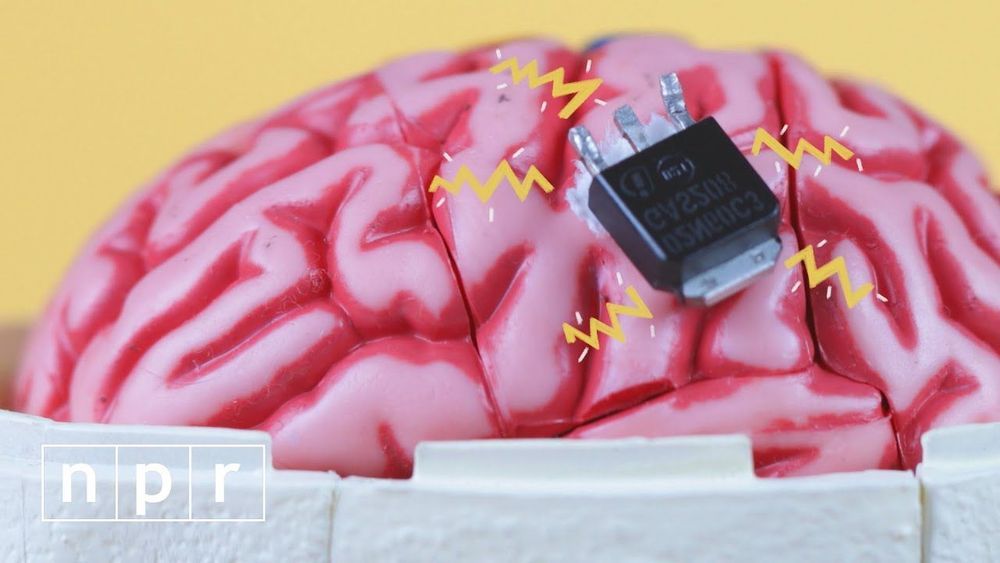AMD’s first Threadripper CPU with 64 computing cores and 128 threads is coming in 2020. That’s double the 32 cores and 64 threads found in the second-generation flagship 2990WX. Pricing is yet to be confirmed.
Category: computing – Page 669
DNA circuits could help ensure that cancer screens and therapies zero in on the right culprits. A new cancer-detecting tool uses tiny circuits made of DNA to identify cancer cells by the molecular signatures on their surface.
Duke University researchers fashioned the simple circuits from interacting strands of synthetic DNA that are tens of thousands of times finer than a human hair.
Unlike the circuits in a computer, these circuits work by attaching to the outside of a cell and analyzing it for proteins found in greater numbers on some cell types than others. If a circuit finds its targets, it labels the cell with a tiny light-up tag.
Rocket Lab is getting ready to fly its tenth mission, which the first official launch window during which it could happen set for this week on November 29. Aside from being a milestone 10th mission (dubbed ‘Running Out of Fingers,’ ha), this will be the first time that Rocket Lab includes technology designed to help it eventually recover and reuse elements of its launch vehicle.
After first designing its Electron launch platform as a fully expendable spacecraft, meaning it could only do one way trips to bring cargo to orbit, Rocket Lab announced that it would be moving towards rocket reusability at an event hosted by CEO and founder Peter Beck in August. To make this happen, the company will be developing and testing the tech necessary to recover Electron’s first-stage rocket booster over the course of multiple missions.
Toe be clear, this mission has the primary goal of delivering a number of small satellites on behalf of paying customers, including microsatellites from Alba Orbital and a Tokyo –based company called ALE that is using microsatellites to simulate particles from meteors. But Rocket Lab will also be testing recovery instrumentation loaddd on board the Electron vehicle, including guidance and navigation systems, as well as telemetry and flight computer hardware. This will be used to gather real-time data about the process of re-entry for Electron’s first stage, and Rocket Lab will also attempt to make use of a reaction control system to control the orientation of the booster as it re-enters.
Hacking the Pixel’s Titan M chip and finding exploits in the developer preview versions of Android will earn you the big bucks.
A livestreamed event at 8 p.m. PT will offer a look at the startup’s progress developing a “brain-machine interface.”
The answer, Markham says, may lie in a new breed of computing chips called neuromorphic processors that are designed to operate more like the human brain. Such chips may be able to function on just 1/100 or 1/1,000 of the electricity needed by today’s processors and be less reliant on sending data to cloud servers for analysis. Everyone from tech giants like Intel, IBM, and Qualcomm to startups like aiCTX and Brainchip are racing to develop this new kind of chip.
First major corporate partners come on board effort to create neuromorphic chips based on design of the human brain.
The notion of wearing lenses over our eyes to correct our vision dates back hundreds of years, with some even crediting Leonardo da Vinci as one of the first proponents of the idea (though that remains somewhat controversial). Material science and our understanding of the human eye have come a long way since, while their purpose has remained largely the same. In the age of wearable computers, however, scientists in the laboratories of DARPA, Google, and universities around the world see contact lenses not just as tools to improve our vision, but as opportunities to augment the human experience. But how? And why?
As a soft, transparent disc of plastic and silicone that you wear on your eyeball, a contact lens may seem like a very bad place to put electronics. But if you look beneath the surface, the idea of a smart contact lens has real merit, and that begins with its potential to improve our well-being.
US Defence Secretary Mark Esper on Friday ruled out allegations of unfair competition in the awarding of a US$10-billion cloud computing contract to Microsoft.
“I am confident it was conducted freely and fairly, without any type of outside influence,” Esper told a news conference in Seoul, South Korea.
Formally called the Joint Enterprise Defence Infrastructure, or JEDI, the contract was awarded to Microsoft on 25 October, and the lucrative deal could span 10 years.
Barbara Liskov pioneered the modern approach to writing code. She warns that the challenges facing computer science today can’t be overcome with good design alone.
The fast-moving development of brain-machine interfaces got a boost when Elon Musk announced the work for Neuralink, his new company devoted to implantable devices to enhance cognition and better marry our brains with super-computing. His competitor, fellow tech entrepreneur Bryan Johnson of Kernel, weighs in on why he thinks advancing cognition can solve all the other problems in the world. But tech ethicist Tristan Harris says not so fast — we haven’t properly accounted for what existing tech has already done to us. Think things through with this brainy episode of Future You with Elise Hu.
—————————————————–
Follow NPR elsewhere, too:
• Twitter: https://twitter.com/npr
• Facebook: https://www.facebook.com/NPR
• Instagram: https://www.instagram.com/npr/
• Tumblr: http://npr.tumblr.com/
• Snapchat: https://www.snapchat.com/add/npr
ABOUT NPR
NPR connects to audiences on the air, on demand, online, and in person. More than 26 million radio listeners tune in to NPR stations each week and more than 36 million unique visitors access NPR.org each month making NPR one of the most trusted sources of news and insights on life and the arts. NPR is also the leading publisher of podcasts, with 36 original shows and an average of 4 million listeners per week. NPR shares compelling stories, audio and photos with millions of social media users on Facebook, Twitter, Instagram, Pinterest, YouTube and Snapchat; NPR News and NPR One apps, online streaming, podcasts, iTunes radio and connected car dashboards help meet audiences where they are. NPR’s live events bring to the stage two-way conversations between NPR hosts and the audience in collaboration with the public radio Member Station community. This robust access to public service journalism makes NPR an indispensable resource in the media landscape.

